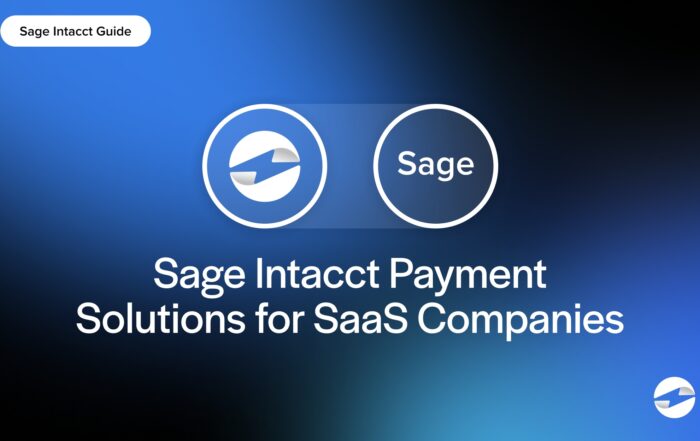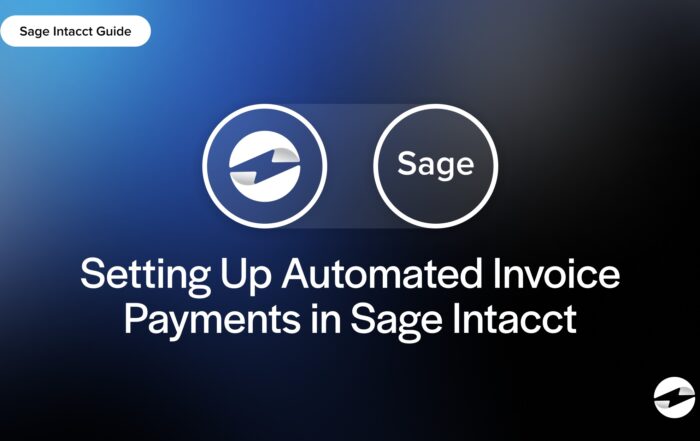What is a credit note?
A credit note is a way for businesses to fix an invoice without issuing a refund. It’s like a receipt that cancels out part or all of a previous transaction—usually because a customer returned an item, was overcharged, or received a discount after the purchase. Instead of sending money back, the business applies the credited amount to a future purchase.
You order a new coffee maker online, and when it arrives, it has a scratch on the side. It still works fine, so you contact the seller, and they offer you a $20 credit instead of making you return it. Like a gift card, that $20 can be used the next time you buy something from them. That’s a credit note in action—keeping things simple for the buyer and the business.
Key Points
- Credit notes fix invoices without refunds. A credit note is used by businesses to adjust an invoice when an error occurs, such as overcharging, returns, or damage. Instead of issuing a refund, the credited amount is applied to a future purchase.
- Simplify transaction adjustments. Credit notes make it easier for businesses and customers to handle issues like returns or damaged goods without the need for complicated refunds or exchanges. They keep both the business’s books balanced and the customers happy.
Credit note example
A furniture supplier delivers 50 office chairs to a company for $10,000. When the chairs arrived, 5 of them had minor defects. Instead of going through the hassle of refunds and returns, the supplier issues a credit note for $1,000. The company can then use that amount towards a future order, and everything will be fair and settled without all the back and forth.
A credit note usually includes:
- Reference to the original invoice – So it’s clear which transaction is being adjusted.
- Reason for the credit – Whether it’s a return, damaged goods, or an overcharge.
- Amount credited – The exact dollar amount that can be used later.
- Date and business details – To keep records accurate and organized.
Businesses use credit notes all the time to keep their books balanced and their customers happy. Whether it’s an online store handling a return or a supplier adjusting an invoice, they smooth out any bumps in the payment process.
Note on billbacks:
In some industries, especially B2B or wholesale, credit notes may be part of a broader billback system, where vendors issue post-invoice adjustments for things like volume discounts, promotional credits, or product defects. The credit note acts as the formal record of this adjustment, ensuring clean books and future credit application.
You May Also Like
Read More
Sage Intacct API Integration for Payment Processing: Developer Guide
Read More
EBizCharge Listed as a 2025 Construction Executive Top Construction Technology Firm
Read More
Read More



